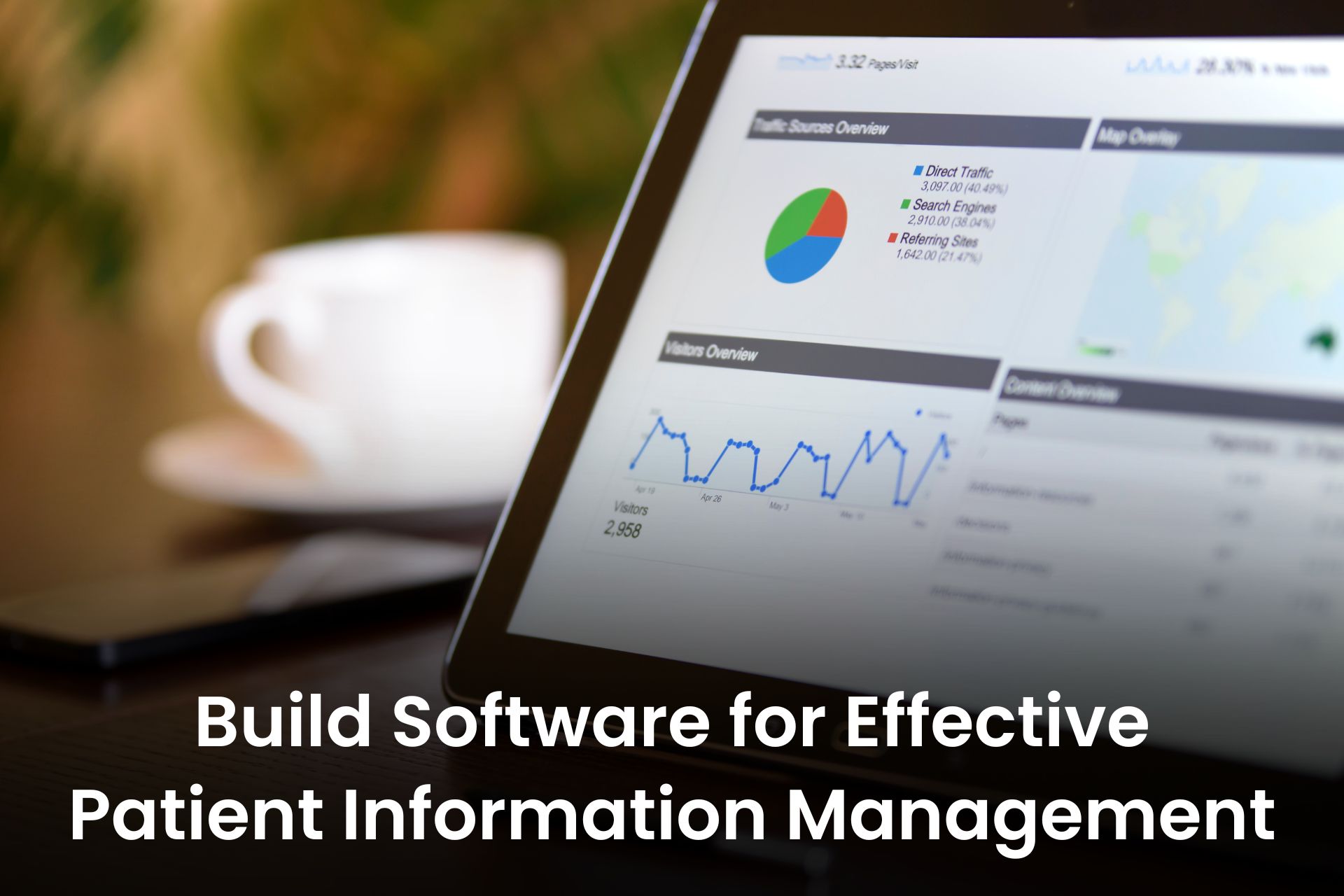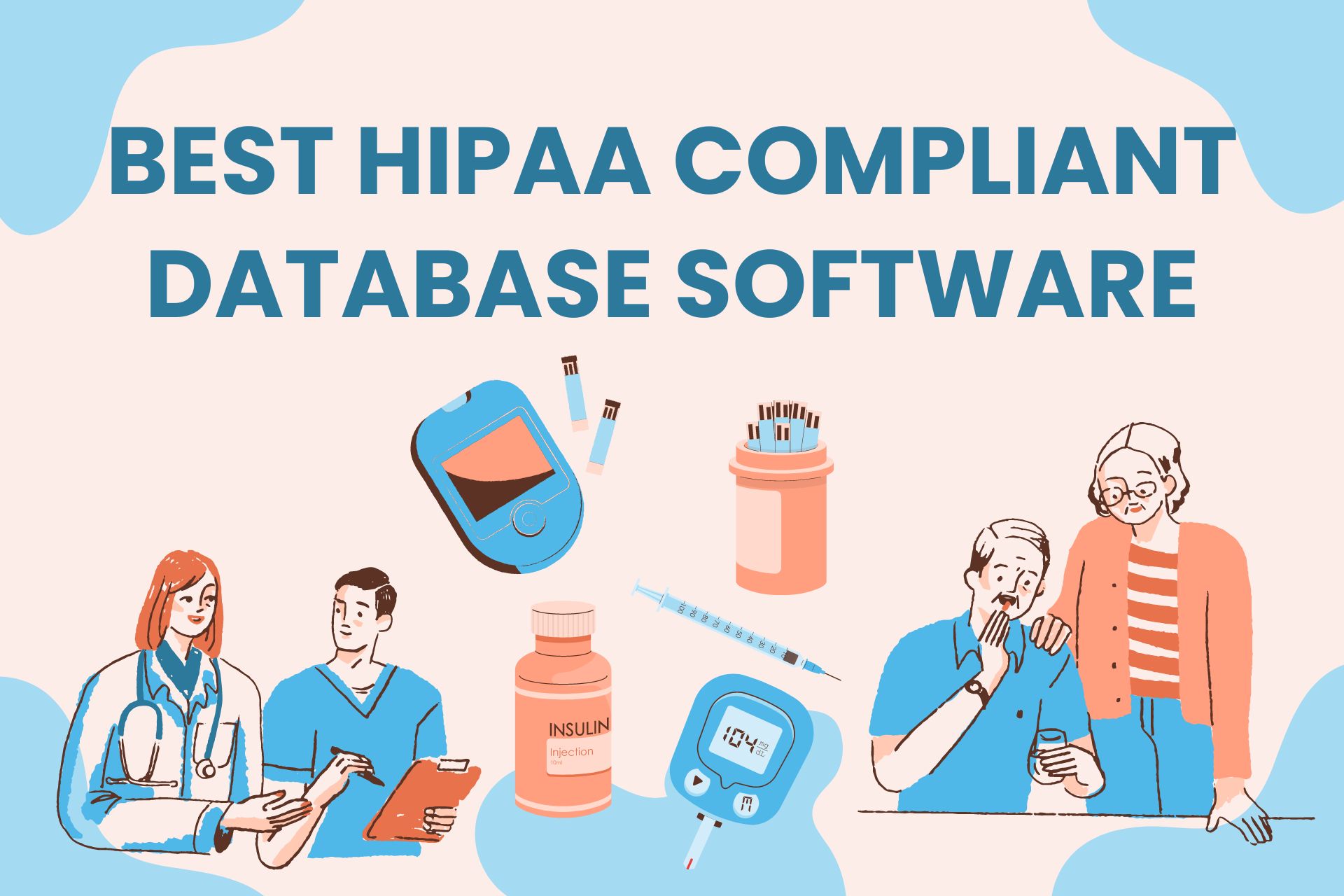Designing User-Centric Healthcare Apps: A Step-by-Step Guide
In today’s digital age, healthcare applications have become an integral part of our lives, offering convenient access to medical information, resources, and services. However, with the increasing competition in the app market, it is crucial to design user-centric healthcare apps that stand out and cater to the needs of the users effectively. In this comprehensive guide, we will take you through the step-by-step process of creating a healthcare app that not only offers valuable features but also ranks high on search engines like Google.
Understanding the Target Audience
Before diving into the development process, it is essential to understand the needs and preferences of your target audience. Conduct thorough research to identify the pain points and requirements of potential users. A user-centric approach ensures that your app addresses real-world problems and provides practical solutions, making it more likely to gain popularity and recognition.
Seamless User Interface (UI) and User Experience (UX)
A well-designed user interface is paramount for medical apps. Your app’s UI should be intuitive, visually appealing, and easy to navigate. The goal is to create a seamless user experience that keeps users engaged and satisfied. Remember, positive user experiences lead to better user reviews and app rankings on app stores, which, in turn, boosts your search engine rankings.
Personalized Features for Enhanced Engagement
Customization and personalization are key to creating user-centric medical apps. Implement features that allow users to personalize their app experience according to their preferences and medical needs. For example, offer personalized health tracking, medication reminders, and tailored content based on the user’s medical history and interests. This level of personalization fosters a sense of connection with the app and encourages users to return regularly.
Latest Stats on Healthcare Apps
According to recent research and industry reports, healthcare apps have seen a significant surge in popularity and usage:
- Increased App Downloads: According to Grand View Research, the global mHealth apps market size was valued at USD 43.5 billion in 2022 and is expected to expand at a compound annual growth rate (CAGR) of 11.6% from 2023 to 2030.

Chart of global mHealth apps market
- Satisfied With Digital Health Services: According to Accenture, 74% of patients were satisfied with digital health services, and the adoption rate of digital healthcare solutions is currently rising.
- Growing Mobile Health Apps: According to Statista, the market for medication adherence apps will be worth over 3.5 billion dollars in the United States by 2025.

According to Statista, the market for medication adherence apps will be worth over 3.5 billion dollars in the United States by 2025.
These statistics indicate the growing relevance and significance of healthcare apps in people’s lives. As a result, ensuring a user-centric approach to app development becomes even more critical in attracting and retaining a substantial user base.
Remember, staying up-to-date with the latest trends and user preferences can give your healthcare app a competitive edge in the ever-evolving app market.
Security and Data Privacy
Healthcare apps deal with sensitive and private user data, which makes security and data privacy crucial concerns. Ensure that your app complies with all relevant data protection regulations and follows best practices for data security. Inform users about the measures taken to protect their data, and provide them with options to control their privacy settings. Addressing these concerns instills trust in your app, leading to positive reviews and higher rankings on both app stores and search engines.
Seamless Integration with Wearable Devices
Incorporating compatibility with popular wearable devices, such as smartwatches and fitness trackers, can significantly enhance the user experience of your healthcare app. Users appreciate the convenience of accessing their health data seamlessly through their wearables, making it more likely for them to engage with your app regularly. Additionally, Google recognizes the importance of wearables and their integration with apps, often rewarding such integrations with higher search rankings.
Regular Updates and Bug Fixes
Stagnation is the enemy of success in the app market. Regularly update your healthcare app to add new features, improve existing functionalities, and fix any bugs or issues. User feedback should be actively taken into account when planning updates. Consistent improvements not only keep your existing users engaged but also attract new users, signaling to search engines that your app is relevant and valuable.
Transparent and Timely Customer Support
Provide efficient and transparent customer support channels within your healthcare app. Users should have easy access to seek help, report issues, or ask questions. A responsive and helpful customer support team not only boosts user satisfaction but also encourages positive app reviews and feedback. Positive reviews, in turn, contribute to higher search rankings, as search engines recognize the app’s popularity and relevance.
Social Proof and Testimonials
Leverage social proof and user testimonials to showcase the positive impact your healthcare app has had on users’ lives. Displaying real-life success stories and testimonials fosters trust among potential users, encouraging them to download and use your app. Additionally, users’ positive experiences contribute to improved search engine rankings, as they indicate the app’s credibility and reliability.
Comprehensive Content Marketing Strategy
A robust content marketing strategy is essential for boosting your app’s search engine rankings. Create valuable and informative blog posts, articles, and videos related to healthcare topics and relevant to your app’s features. Share this content on your website, social media channels, and relevant healthcare forums. This approach not only helps in improving organic search rankings but also establishes your app as an authoritative source of healthcare information.
You Might Also Like
How are mobile apps making it easier for patients to access care?
Detailed Introduction of Hospital Management System (HMS)
Conclusion
In conclusion, designing a user-centric healthcare app that ranks high on Google involves a combination of factors, from understanding your target audience and performing in-depth keyword research to prioritizing user experience, security, and continuous improvement. By implementing the strategies outlined in this step-by-step guide, your healthcare app can outrank competitors on search engines, leading to increased visibility, higher downloads, and ultimately, improved success in the competitive world of healthcare applications.
A leader in mobile app development, Bharatlogic is committed to producing high-caliber applications at the appropriate time. Using the most recent technologies, we have quickly established ourselves as industry leaders in the mobility sector. Contact us with your needs, and we’ll be pleased to assist.




